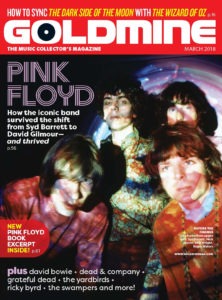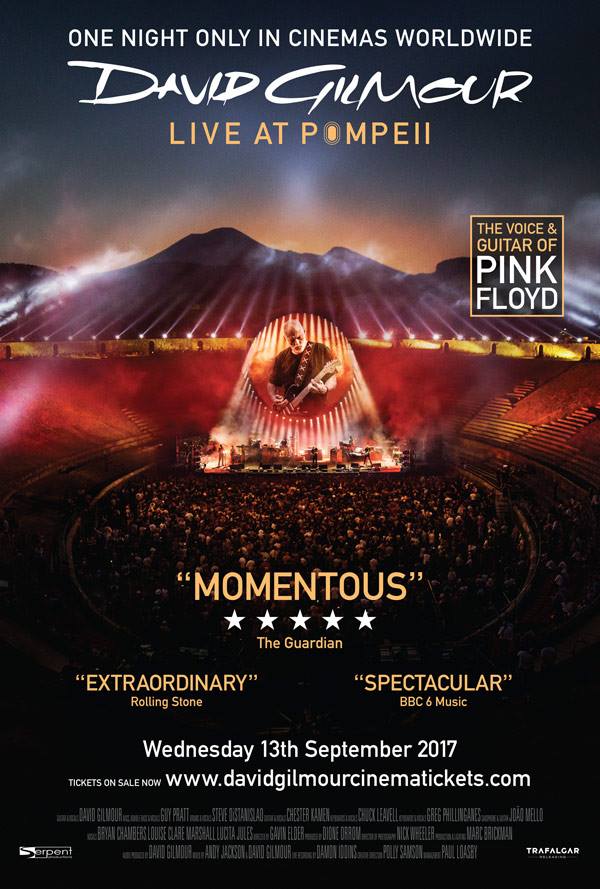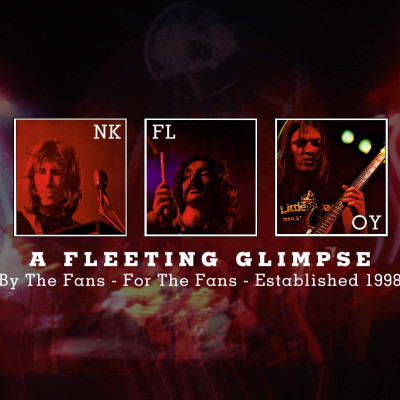 Goldmine’s March 2018 issue is out now!
Goldmine’s March 2018 issue is out now!
The March issue examines how Pink Floyd survived the shift from Syd Barrett to David Gilmour — and thrived!
Gillian G. Garr takes the reader through the story of Syd Barrett — from Pink Floyd’s signature spark and enigmatic creative leader to a rumored recluse who became lifted to cult status.
Goldmine is then proud to present a book excerpt from author Bill Kopp’s new book, Reinventing Pink Floyd: From Syd Barrett to The Dark Side of The Moon. The chapter discusses how members of Pink Floyd continued to be involved in Syd Barrett’s short-lived solo career.
Kopp also gives Goldmine a Top 10 of Syd Barrett’s songs. A Pink Floyd fan might be surprised at some of the choices.
And finally, Goldmine reaches into the vault and pulls out our experiment of how to sync The Dark Side of The Moon to The Wizard of Oz. Laugh if you will at it being an old urban legend but the results are somewhat uncanny.
 Due to an overwhelming demand, two further dates have been announced in Mexico as part of Roger Waters Us + Them 2018 Tour.
Due to an overwhelming demand, two further dates have been announced in Mexico as part of Roger Waters Us + Them 2018 Tour.





